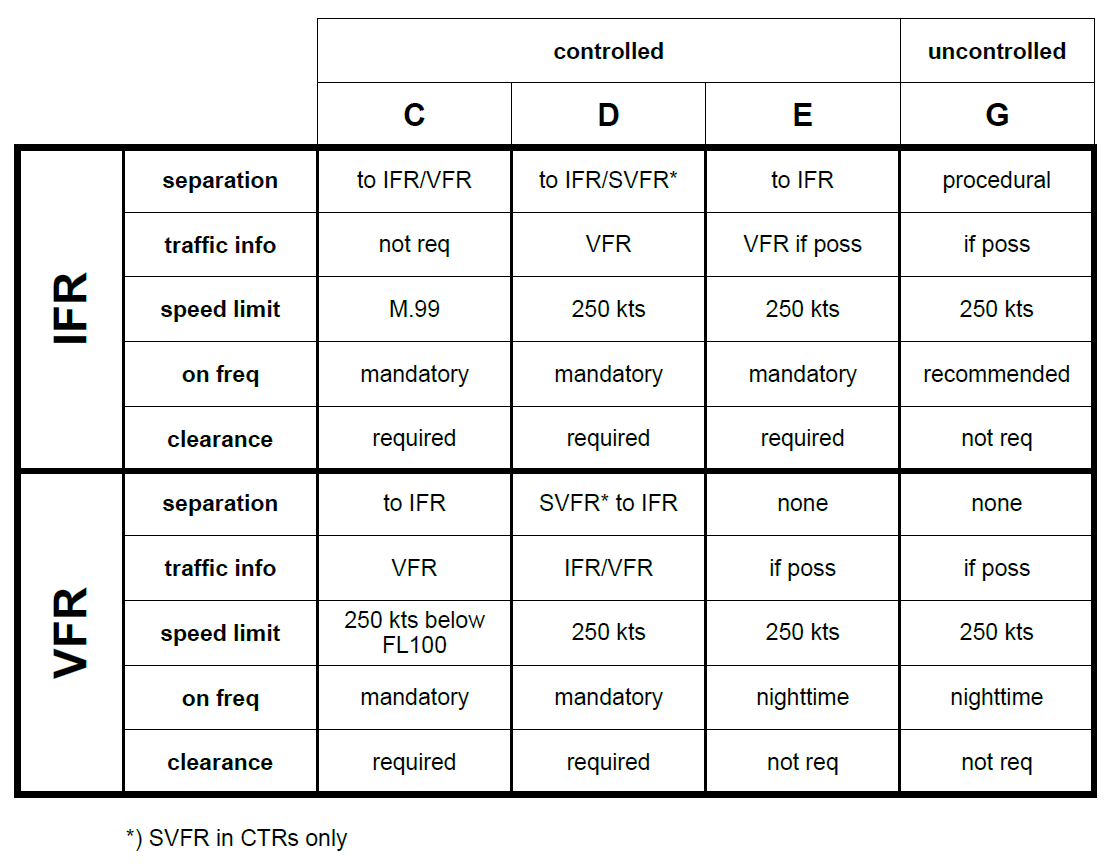Radar separation
General
Radar separation describes a minimum horizontal and vertical distance that must exist between two aircraft in the air.
As safety is the greatest asset in aviation, care must always be taken to ensure that separation is maintained at all times.
Radar separation is maintained when between two aircraft either the horizontal distance or the vertical distance exists (or of course both).
When two aircraft have neither the minimum horizontal nor the vertical distance, this is called a loss of separation (LoS). A loss of separation caused by the controller will always result in a failure in the exam.
Radar separation is used wherever air traffic control has radar equipment available to check separation. In Germany, all Approach and Center stations have this equipment and so radar separation is used throughout Germany. The tower controllers at international airports (EDDx) also have a radar screen for separation, so radar separation must also be ensured in the tower area for approaches and departures.
There is a separate guide detailing radar separation explicitly for tower controllers.
Need for separation
Whether two aircraft must be radar-separated depends on the respective airspace and the applicable flight rules.
The following table provides an overview of the separation obligation:
In other words, there is obligatory radar separation between:
- (all flights in airspace A and B - does not exist in Germany)
- IFR to IFR in airspace C, D and E
- IFR to VFR and vice versa in airspace C
- Special VFR to IFR in the control zone
Vertical separation
The following vertical separation must be applied between two aircraft subject to separation:
| Level | Vertical separation | Remarks |
| FL410 - UNL | 2000 FT | |
| FL290 - FL410 | 2000 FT | during CVSM (exception) |
| 1000 FT | during RVSM (standard) | |
| GND - FL245 | 1000 FT |
This regulation applies to aircraft flying at altitudes as well as at flight levels. Important further information can be found in the corresponding altimetry article.
Vertical separation must not be used on final approach, horizontal separation only is applied here.
Horizontale separation
The following horizontal separation must be applied between two aircraft subject to separation:
| Level | Horizontale separation | Remarks |
|
| FL245 - UNL | 5 NM | ||
| GND - FL245 | 3 NM | ||
| Final approach within 10 NM |
2,5 NM |
ONLY if specified and approved by SOPs! |
The horizontal separation is always measured as a direct line between centers of targets.
Formation flights must be separated to other traffic with 1 NM more than the required minimum distance.
Two formation flights must be separated with 2 NM more than the required minimum distance to each other.
If the required wake turbulence separation is higher than the above values, it must be given priority, so that the higher value always applies.

